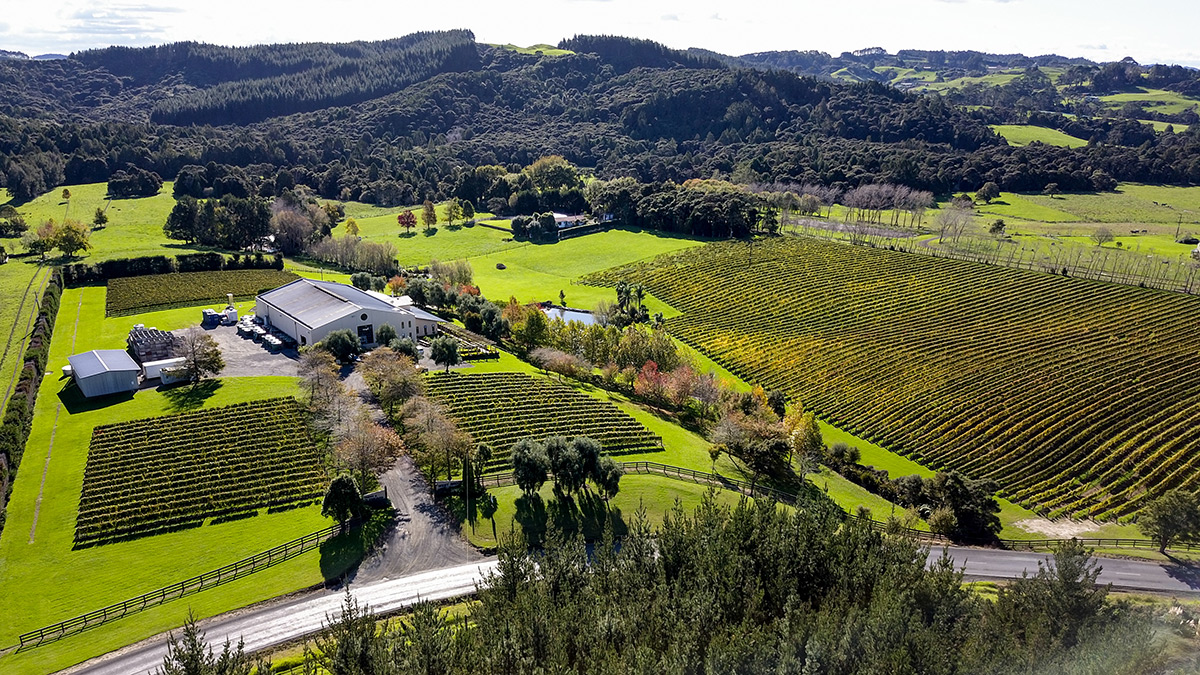New Zealand
An island nation—comprised of a cluster of two large islands, and many smaller islets—New Zealand has a north-south span of almost 1,000 miles; laterally, from east to west, the country has less than a 200-mile span at their widest distance.
Dating from the 19th century, New Zealand’s history was settled from the mid-1900s during the period of British colonization of both New Zealand and Australia. However, fast forward in time, global consumers of New World wines began to discover the pleasures and quality of New Zealand’s wines in the early 1970’s
Its rather late entry into the work wine business was certainly attributable to the country’s isolation, not to mention its rather small production volumes at that time. All has changes in the succeeding decades!
Beginning in the early 1990’s, when American and other global consumers grew fatigued of Chardonnay, Chardonnay, Chardonnay and started to explore other varietals in the white wine realm, New Zealand benefitted as it produced consumer-friendly and utterly delicious Sauvignon Blancs.
Noted as New Zealand’s pre-eminent grape and wine by Jancis Robinson, MW, she wrote that Sauvignon Blanc “made the world take notice of Zealand”, as she observed as co-author, with Hugh Johnson, in the latest edition of “The World Atlas of Wine.”
As New Zealand’s winery owners gradually moved into other familiar and classic grape varieties—such as Pinot Noir, Riesling and Pinot Gris—New Zealand’s vineyards expanded rapidly; yet even today, much of the country’s vineyard—both on the north and south islands—remains planted to Sauvignon Blanc grape, about two-thirds of total acreage under vine.




